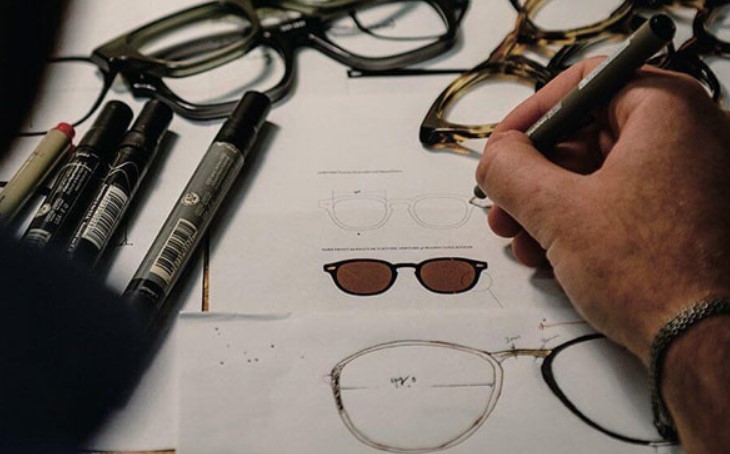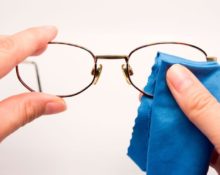In our lives, glasses play an important role both for people with poor vision and for those who prefer to use them frequently to protect themselves from sun rays. When choosing frames and optics, we don’t always think about how they are made. And this information may be useful when purchasing an accessory for those who have vision problems.
What are glasses made of?
Most often, the material used to make them depends on the purpose. Glasses come in different functionality, for example:
- medicinal;
- bifocal;
- progressive;
- office;
- computer;
- driver's licenses;
- sun protection
Despite the variety, they all consist of lenses and frames, which are divided according to the type of design into rimless, semi-rimless and rimless. The design is divided into angular, rounded, and universal - this provides an excellent opportunity to choose the most suitable model according to your face shape.

Classic frames for corrective glasses are made of plastic or metal.They look quite elegant, made of thin aluminum, coated with a layer of decorative coating, which tends to wear out over time. Titanium models are considered more durable: they can last for decades, which affects their higher cost.
At the peak of popularity recently are plastic frames, wooden, horn, multilayer cellulose acetate with various designs and color palettes. Their advantage also lies in the ability to install glass of any thickness.

For people with high status and income, manufacturers offer prestigious items made of precious metals or coated with them, which play a significant role in creating an image. Alloys of silver, gold, platinum, palladium, and iridium lighten the weight of the material.
Lenses, by their structure, are polymer, that is, plastic, and mineral, glass, depending on what raw materials they are made from.
How are lenses made?
When you have decided on the frame and lenses, the order is given to the master for execution. Several years ago, their turning was done almost by hand. But science does not stand still, because now technical developments make it possible to carry out this procedure automatically on a special device.

Optics are usually supplied in the form of round and oval blanks, which must be given the required configuration. The packaging indicates the name of the lens, refractive index, optical power, diameter, and type of coating. Further:
- Using a dioptrimeter, the optical center and axis direction are checked and marked.
- The size and shape of the frame are determined, and its data is loaded into the blocker.
- Centering values are entered - the distance between the pupils and their height.
- Then the marking is aligned with the contours on the display and secured with a block to prevent the workpiece from moving during processing.
- Data is sent to the machine and a program is set, as a result of which the turning process begins.
Thanks to this, a lens of the required size and shape is obtained, similar to the frame, subject to final polishing.
Glasses manufacturing technology
The next step is preparing the frame. Scanning it allows you to determine the base curvature and shape of the bevel groove. This is done to calculate the parameters of the finished lenses corresponding to the boundaries of the frame. To make it more plastic, heat it with a special hairdryer. The lenses are installed manually into the opening; when they cool, the frame shrinks and holds them firmly in place.

At the end, they again resort to using a diopter meter to finally verify the cylinder axis and correct centering. Then the glasses are cleaned of industrial dust and grease stains and prepared for delivery to the customer.


 2
2





